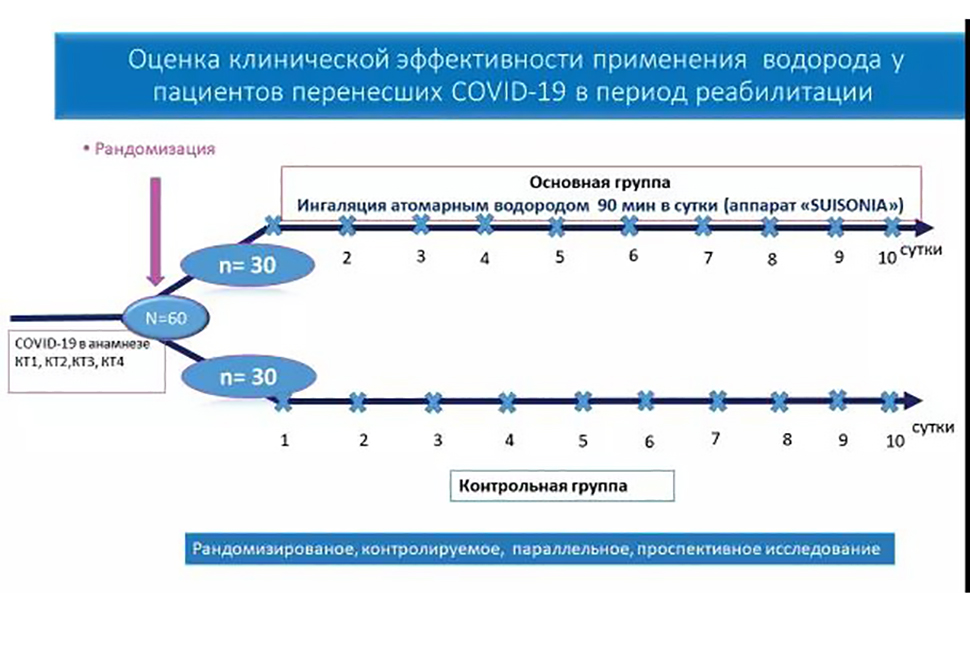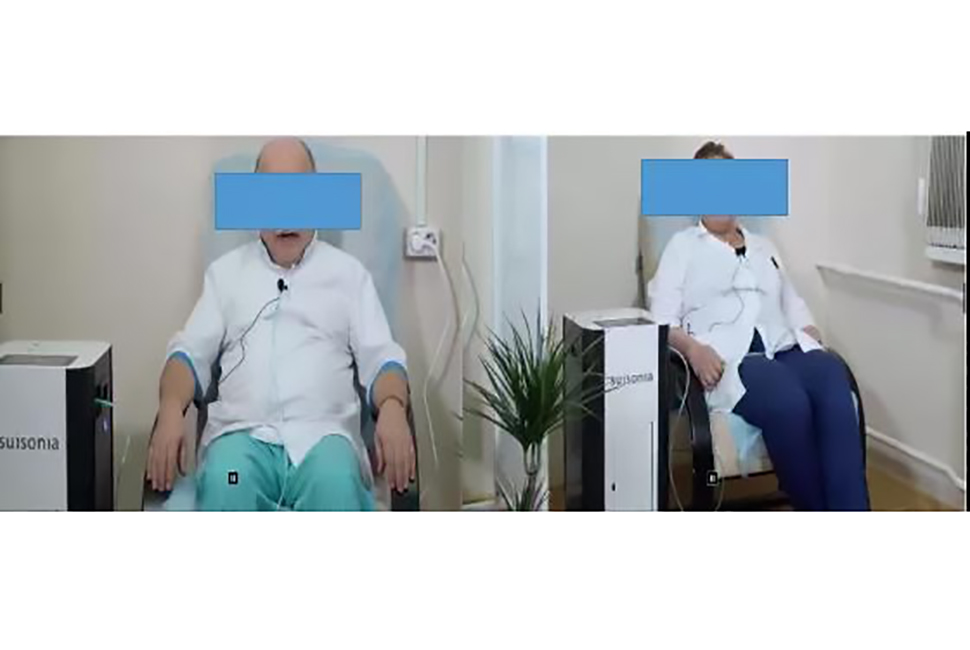Reference Paper Title: Hydrogen Inhalation Rehabilitation Project for COVID-19 Rehabilitation Medical Staff
The author of the paper is from Shogenova L.V from Pirogov, Russian State Medical Research University. Collaborators include Hiroki Maehara, a hyperbaric medicine researcher at the University of Ryukyus Hospital in Japan.
Hydrogen-oxygen mixture and low-flow
Molecular Hydrogen Inhalation Generator have certain applications in China, and corresponding academic papers have been published. More importantly, hydrogen-oxygen inhalation has been included in the clinical diagnosis and treatment of new coronary pneumonia in China. There is also news about the registration of clinical studies on the use of hydrogen water in the treatment of new coronary pneumonia in France. Recently, there have been more discussions on hydrogen in the field of new coronary pneumonia in the world. However, during the recovery period of patients with new coronary pneumonia, a certain proportion of patients have sequelae, especially in severe patients, the sequelae of the nervous system are relatively clear, but there is no specific treatment for the sequelae of new coronary pneumonia clinically.
Hydrogen is an ideal anti-oxidant and anti-inflammatory tool. Studies have shown that it has a certain effect on patients with new coronary pneumonia. Does
Hydrogen Inhaler with PEM or hydrogen water drinking have an effect on the sequelae of new coronary pneumonia? Can hydrogen be used as a part of the recovery period of new coronary pneumonia? This kind of positive means is very worthy of research and discussion. Recently, the Russian National Medical Research Institute conducted hydrogen inhalation intervention studies for some medical staff during the recovery period of patients with new coronary pneumonia, and published relevant research papers.
The purpose of the research is to study the safety and effectiveness of hydrogen inhalation through the rehabilitation project for survivors of new coronary pneumonia. The randomized parallel prospective study included 60 patients with new coronary infection during the convalescence stage. These patients have clinical manifestations of chronic fatigue syndrome and received standard treatment for chronic fatigue syndrome, including physical therapy and drug therapy. The drugs include magnesium, vitamin B and levorotomy. Alkali. The subjects were divided into 2 groups. The 30 people in the test group consisted of inhaling hydrogen for 90 minutes a day for 10 consecutive days. The 30 people in the control group received only standard treatment and did not inhale hydrogen gas.
The two groups of patients were randomized for gender and age. The average age of the experimental group was 53 years (22-70), and the average age of the control group was 51 years (25-70). All subjects were subjected to systemic inflammation biomarkers, oxygen transport, lactic acid metabolites, intrapulmonary shunt, 6-group walking test, and vascular endothelial cell function tests on day 1 and day 10. As a result of the test, the test group found that the stiffness index (SI) decreased from 8.8±1.8 to 6.8±1.5 (p<0.0001), and the ALT ranged from 24.0±12.7 to 20.22±10.61 U/L (p<0.001). Venous blood lactate decreased from 2.5±0.8 to 1.5±1.0 mmol/L (p<0.001). Capillary lactic acid, from 2.9±0.8 to 2.0±0.8 mmol/L (p<0.0001). The pulmonary artery shunt score (Qs/Qt, Berggren equation, 1942) ranged from 8.98±5.7 to 5.34±3.2 (p<0.01). The white blood cells ranged from 6,64±1,57 to 5,92±1,32109/L.
The refractive index (RI) increased from 46,67±13,26% to 63,32±13,44% (p<0.0001), and the minimum blood oxygen saturation (SpO2) increased from 92.25±2.9 to 94,25±1, 56% (p<0.05), direct bilirubin increased from 2.99±1.41 to 3.39±1.34 μmol/L (p<0.01), partial oxygen pressure (PvO2) increased from 26.9±5.0 to 34.8±5.6 mm Hg (p< 0.0001).
In addition, the venous oxygen saturation (SvO2) is 51.8±020,6-61.1±018,1% (p <0.01), and the partial capillary oxygen tension (PcO2) is 48.7±15.4-63.8±21.2 mmhg (p <0.01) The capillary oxygen saturation (ScO2) is 82.2±4.2-86.2±4.8% (p <0.01), and the 6-minute walk test distance is 429±45,0-569±60 m.

Research conclusion: Hydrogen inhalation Machine is safe and highly effective for patients with new coronary pneumonia during the recovery period. The clinical manifestations of resting hypoxemia and endothelial cell dysfunction have been improved, and exercise endurance has been improved. Laboratory tests found that the white blood cell count, intrapulmonary shunt and lactic acid indicators were significantly improved.


